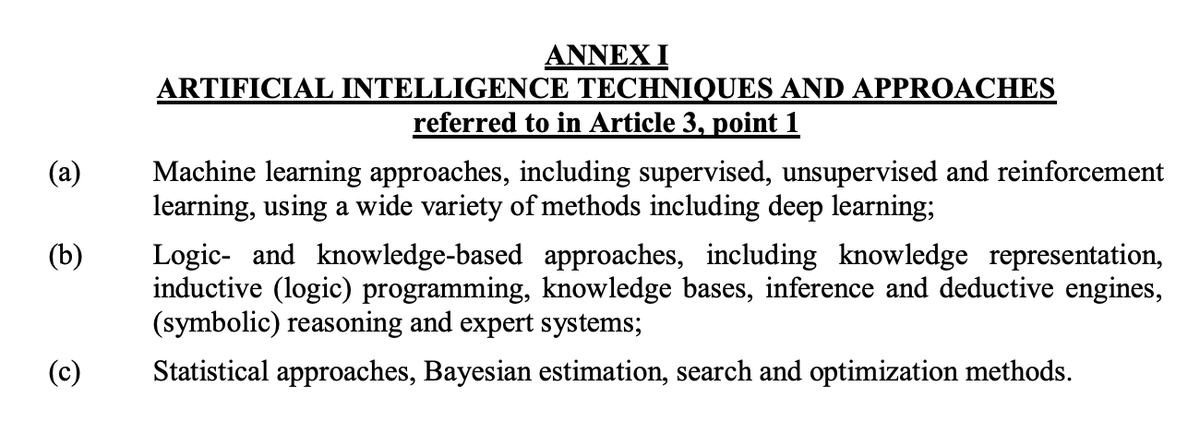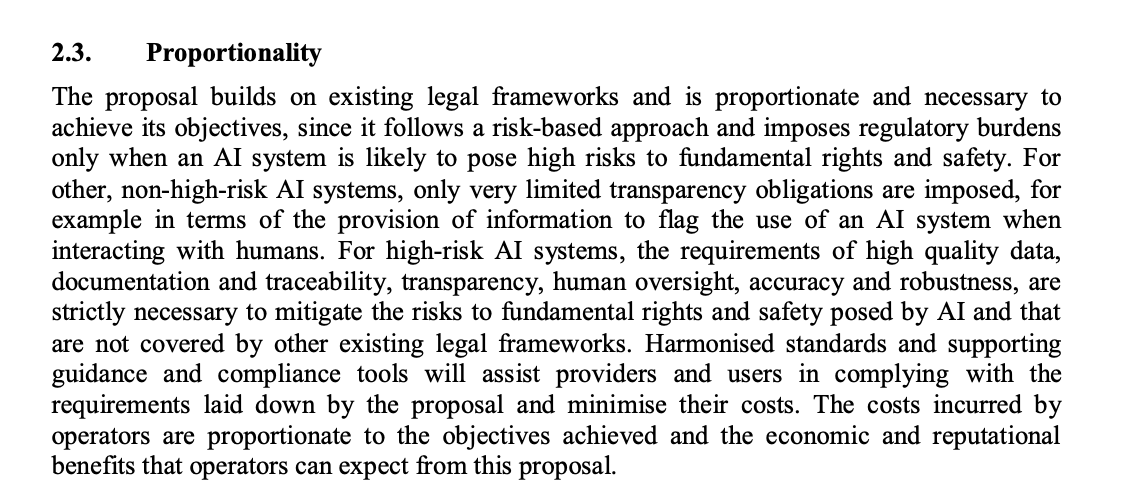
The "IKIGAI" of research (thread 🧵)
When thinking about research projects, it may be useful to have a way to think about their potential value. Over the years, I've seen many projects fail, & some succeed. Today, I think about projects in terms of three basic dimensions:
When thinking about research projects, it may be useful to have a way to think about their potential value. Over the years, I've seen many projects fail, & some succeed. Today, I think about projects in terms of three basic dimensions:

These are:
(1) Relevance: is there a reason to care about the research result? Who will care? And why?
(2) Surprise: is the result more than what people would expect from simple common sense? Is it counterintuitive?
(3) Rigor: is the research sound and reproducible?
(1) Relevance: is there a reason to care about the research result? Who will care? And why?
(2) Surprise: is the result more than what people would expect from simple common sense? Is it counterintuitive?
(3) Rigor: is the research sound and reproducible?
Finding projects that balance the three is rare. But we all know a few great examples. Consider Newton's law of gravitation. It is relevant since it helps explain the movement of projectiles and celestial objects.
It is surprising since people do not expect the falling of an apple to be the same phenomenon as the orbiting of the moon. It is rigorous since it involves a reproducible relationship between theory and observation. A similar argument can be made for Darwin's theory of evolution.
But finding that triple coincidence is not easy. Often, projects hit two out of three, and that is not 66% as good.
A rigorous and relevant project that is not surprising can be important, but it will not be a breakthrough. It will be gradual or confirmatory.
A rigorous and relevant project that is not surprising can be important, but it will not be a breakthrough. It will be gradual or confirmatory.
A project that is surprising and relevant, but not rigorous, can be "fluff" or even pseudoscience. A project that is rigorous and surprising, but not relevant, can be pointless. A quirk that can satisfy a curiosity that we may not need to care about.
So when you work on a project, or when you work with students, think about whether a project hits these three goals. If it does, you are on a good track, you are on to meaningful science. Science IKIGAI.
Footnotes:
1. Ikigai technically refers to "a reason for being" and is about a purpose in life. I am using "science Ikigai" as a poetic approximation and a moniker to the larger idea I am trying to communicate.
1. Ikigai technically refers to "a reason for being" and is about a purpose in life. I am using "science Ikigai" as a poetic approximation and a moniker to the larger idea I am trying to communicate.
• • •
Missing some Tweet in this thread? You can try to
force a refresh












